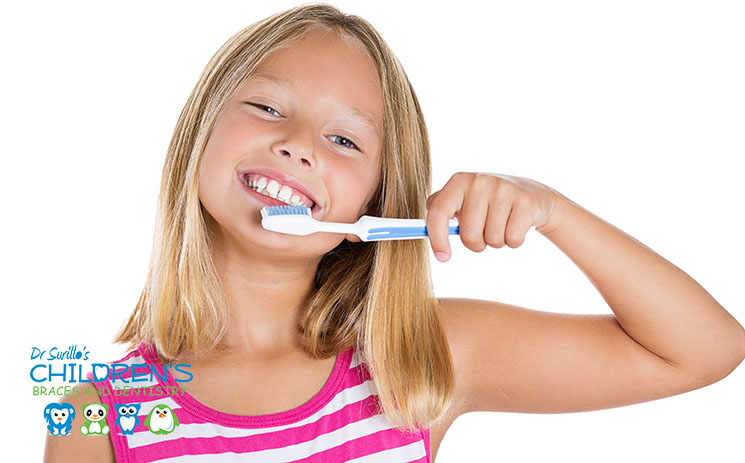How Much Fluoride Does My Child Need?
 La Mesa, CA – Parents work hard to ensure their children are safe and healthy. That means listening to medical professionals, as well as getting advice from books, blogs and well-meaning people in their lives. When it comes to ideal fluoride use, there can be a lot of conflicting information, so how can you know what is best for your child? Dr. Santiago Surillo, the best pediatric dentist La Mesa, offers his expertise.
La Mesa, CA – Parents work hard to ensure their children are safe and healthy. That means listening to medical professionals, as well as getting advice from books, blogs and well-meaning people in their lives. When it comes to ideal fluoride use, there can be a lot of conflicting information, so how can you know what is best for your child? Dr. Santiago Surillo, the best pediatric dentist La Mesa, offers his expertise.
“Fluoride is a naturally occurring element that exists in our water sources,” says Dr. Santiago Surillo. “It naturally works to prevent cavities, and can even reverse early stages of decay. But how should it be used, and how much is right for your child? My suggestion is always to turn to the dental professionals.”
How Tooth Decay Occurs?
Let’s look first at how tooth decay occurs. Decay begins when the plaque, or sticky film of bacteria that lives on our teeth, interacts with the sugars in our food. Plaque breaks these sugars down, producing acid that can eat away at our enamel, resulting in cavities and decay.
Early childhood caries, or decay, is now the leading chronic childhood condition, making the need for proper dental care even more important. And part of that includes proper fluoride use.
How Fluoride Can Help?
“Fluoride can help us in a couple of ways,” says Dr. Surillo. “First, when we ingest it through our water supply, it actually becomes part of the tooth structure in developing teeth. Then, with continued exposure through our water or toothpaste, it protects the surface of our teeth.”
Fluoride is known as nature’s cavity fighter. By making the structure of the tooth stronger, it makes the tooth more resistant to the acid attacks that lead to decay. But, fluoride can also work to re-mineralize areas on our teeth where acid may have already started to lead to decay.
Fluoridated water is an effective way to prevent tooth decay. In fact, studies show that in communities with fluoridated water, tooth decay can be reduced by up to 25% in both children and adults. If your water comes from a community source, you can call your local health department to determine the fluoride level.
“We also encourage the use of fluoride toothpaste,” says Dr. Surillo. “Fluoride toothpaste should not be started until the child can spit excess paste out properly, typically around the age of three, and then parents should supervise its use until the child can properly brush on his own.”
Your dentist may recommend additional fluoride use, such as a fluoride varnish or fluoride rinse, especially if your child seems susceptible to decay. These products should only be used if recommended by a dentist, and then always as explained by the dentist.
There are some opponents to the use of fluoride. However, there is little evidence to support this concern, and scientific research continues to prove the benefits of fluoride usage. The American Dental Association, American Academy of Pediatrics, and the World Health Organization all endorse community water fluoridation and proper fluoride use for dental health.
If you live in an area that does not have fluoridated water, or are concerned about your child’s oral health, discuss with your pediatric dentist ways you can incorporate the right amount of fluoride to ensure a healthy, beautiful smile.

